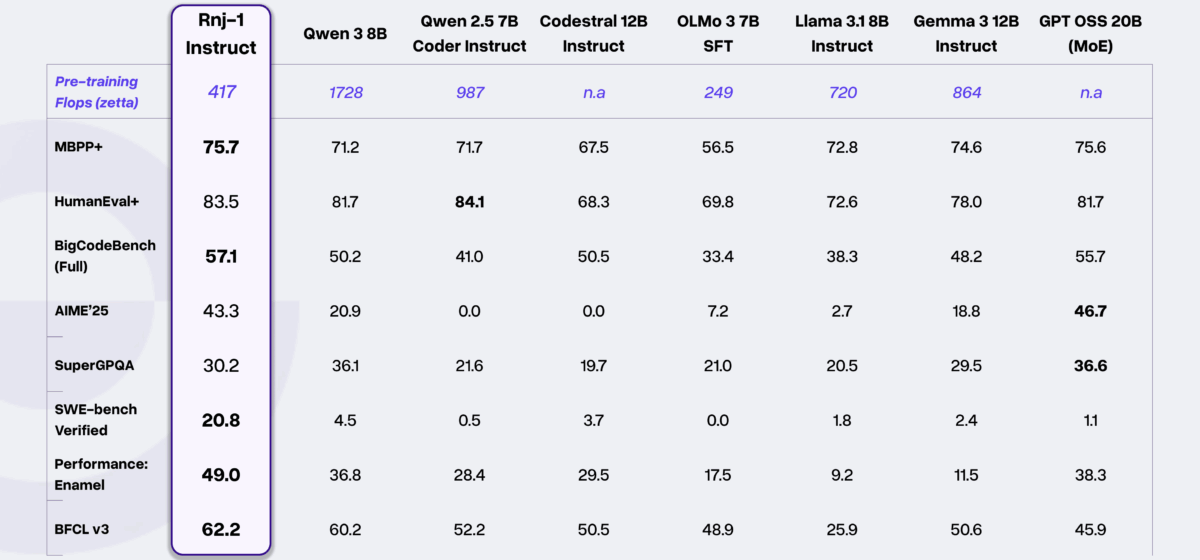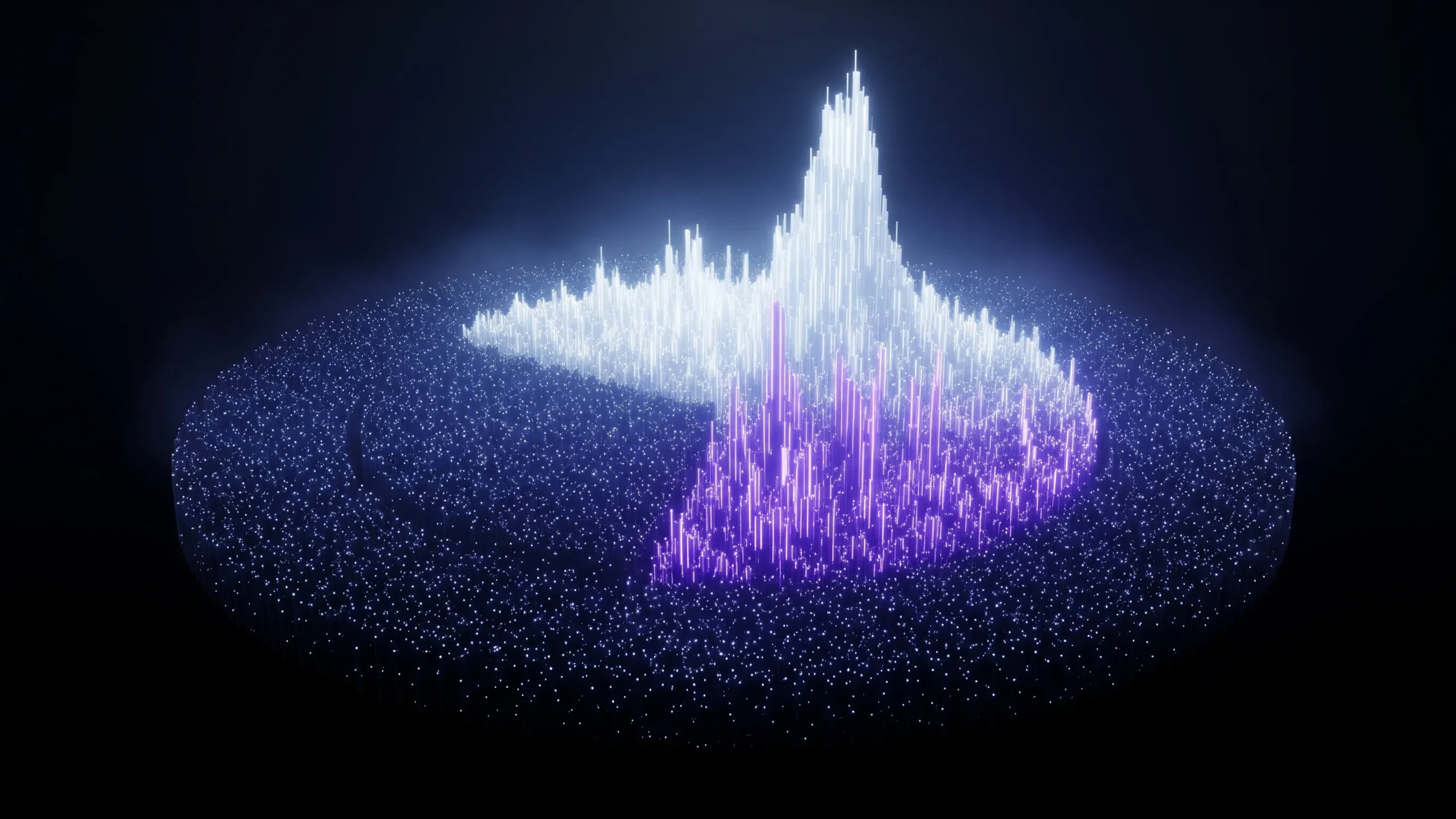Read full article about: Trump's AI plan could affect his own voters
Trump attempts to block state AI laws by withholding broadband billions, but faces shaky legal ground.
"I think the administration has a 30 to 35% chance of this working legally," says Dean Ball, a former White House official who contributed to the administration's AI Action Plan.
The executive order directs the Commerce Department to block states with onerous AI regulations from the $42 billion Broadband Equity, Access, and Deployment program (BEAD), reports Reuters in an analysis of the new order. However, experts doubt whether Congress intended to give the administration authority over state AI regulation when it authorized broadband funding. Furthermore, the move risks political blowback from within the party: Republican governors like Ron DeSantis have previously spoken against federal interference, and withholding funds would impact rural voters—a key demographic that supported Trump by wide margins.
Read full article about: Aviation startup Boom pivots to gas turbines to feed AI’s power hunger
US aviation startup Boom Supersonic, typically focused on developing a supersonic passenger jet, is making a surprise entry into the energy business to capitalize on the AI boom.
Founder Blake Scholl unveiled "Superpower," a 42-megawatt gas turbine designed specifically to handle the massive energy loads of AI data centers. With the US power grid struggling to meet demand, companies are increasingly turning to independent power sources like these turbines to keep their facilities running.
The system uses the core of the "Symphony" engine, which was originally built for the company's planned Overture jet. Scholl notes that unlike older models, the turbine can maintain full power in high heat without requiring water cooling.
Crusoe has signed on as the launch customer, and Boom has secured $300 million to begin production. The company plans to use the revenue from the turbine business to help fund the development of its aircraft.
Comment
Source: Boom Supersonic
Read full article about: Transformer co-creator Vaswani unveils high-performance Rnj-1 coding model
Essential AI's new open-source model, Rnj-1, outperforms significantly larger competitors on the "SWE-bench Verified" test. This benchmark is considered particularly challenging because it evaluates an AI's ability to independently solve real-world programming problems. Despite being a compact model with just eight billion parameters, Rnj-1 scores 20.8 points.

By comparison, similarly sized models like Qwen 3 (without reasoning, 8B) only reach 4.5 points in Essential AI's testing. The system was introduced by Ashish Vaswani, co-founder of Essential AI and co-author of the famous "Attention Is All You Need" paper that launched the Transformer architecture. Rnj-1 is also Transformer-based, specifically utilizing the Gemma 3 architecture. According to the company, development focused primarily on better pre-training rather than post-training methods like reinforcement learning. These improvements also result in lower pre-training computational costs, thanks to the use of the Muon optimizer.
Comment
Source: EssentialAI
Read full article about: With AI gains and softer demand, consulting starting pay is flat
Entry-level consulting salaries have remained flat for the second year in a row, according to a new report from Management Consulted. The slowdown affects top firms like McKinsey and the Big Four, as well as smaller boutique consultancies. The report cites weaker demand, productivity gains from AI, and fewer employees leaving the industry as key factors.
Namaan Mian of Management Consulted says firms can now get more done with fewer people thanks to AI, which is putting a lid on salary growth. The findings are based on verified offer data and show that companies are hiring fewer high-cost MBA graduates. In previous years, entry-level pay typically rose by five to ten percent annually. Management Consulted expects salaries for new hires to remain flat even if demand eventually picks back up.
Comment
Source: Management Consulted





